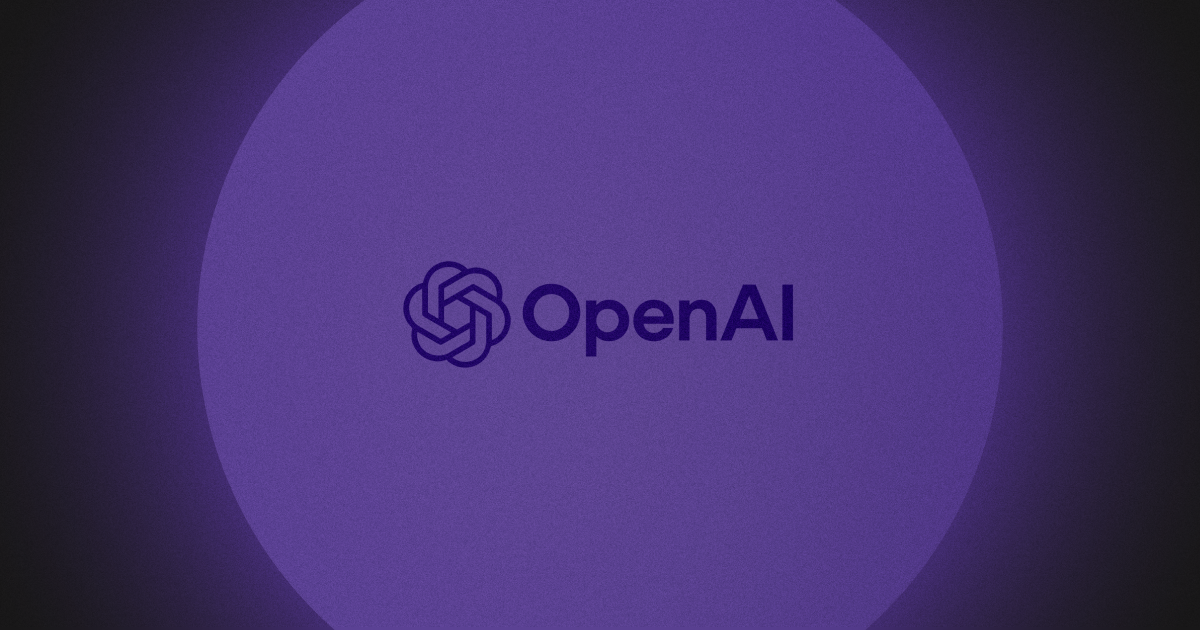Jira DLP (Data Loss Prevention): The Ultimate Guide
Prevent data breaches and ensure compliance with a robust DLP strategy for Jira. Learn how to classify sensitive data, implement access controls, encrypt data, monitor activity, and train employees to safeguard your organisation's valuable information.
.png)
Key Points:
- Jira, a collaboration tool for project management, can expose sensitive data due to centralised storage and potential for accidental leaks.
- To secure data in Jira, a Data Loss Prevention (DLP) strategy is crucial. This includes classifying data sensitivity, implementing access controls and encryption, monitoring activity, and training employees.
- Neglecting DLP risks data breaches, regulatory non-compliance, and financial losses.
- Download our guide to find out how Metomic can support your DLP strategy when using JIRA and safeguard your business's future.
Jira is the perfect tool for busy tech teams who need to find a way to align on complex projects. However, the amount of sensitive data stored across the Jira workspace can be problematic when it comes to protecting it from data leaks or breaches.
Understanding Data Loss Prevention
Let’s recap the basics of Data Loss Prevention (DLP), before we delve into how you can secure your sensitive data in Jira.
Data loss prevention is a crucial aspect of cybersecurity that aims to prevent the unauthorised disclosure, transmission, or leakage of sensitive data. As ever more threats to data security emerge, you should make sure your data security strategy is strong enough to mitigate risks, and help you stay compliant with data security regulations.
The Importance of DLP for Jira
As a collaboration tool, Jira can serve as a centralised repository for teams around the world. However, the fact that all your data is stored in one place can make it a potential target for malicious actors who might want to get their hands on one of your most valuable assets. Not only that, but with around 80% of data leaks occurring due to employee negligence, rather than an intentional breach, there’s a real danger that data could be leaked by accident.
Key Components of an Effective DLP Strategy for Jira
1. Data Classification and Sensitivity
The first step in building an effective DLP strategy for Jira is understanding the types of data being processed within it.
You should put a thorough data classification process in place to categorise data based on its level of sensitivity. Once you know where your most critical assets are stored, you’ll be able to prioritise protection measures effectively.
2. Access Controls and User Permissions
Your security policy should outline how access controls are managed in Jira. For instance, are you operating a zero-trust model to ensure nobody accesses sensitive data unless absolutely necessary?
Only authorised users should be able to access your most sensitive documents, reducing the risk of data leaks occurring.
3. Encryption
Data encryption plays a pivotal role in securing information stored within Jira. By encrypting data both at rest and in transit, you add an extra layer of protection against potential breaches.
4. Activity Monitoring and Logging
Monitoring activity in Jira can help you understand how users are sharing sensitive data, and detect any anomalies that you spot. Having this ability in place will also allow you to respond quickly to any potential security incidents that have been flagged.
5. Employee Training and Awareness
With around 80% of data breaches involving a human element, your team can be crucial when it comes to protecting your sensitive data.
Annual training sessions aren’t enough to educate your team members on security anymore. Try real-time notifications in their favourite communication channels like Slack instead, so they can understand where they might be going wrong. A well-informed workforce is more likely to recognise and report potential security threats.
The Risks of Neglecting DLP in Jira
If you fail to prioritise DLP for Jira, you could be exposed to risks such as:
- Data Breaches: Unauthorised access to sensitive data can lead to severe data breaches, impacting both customers and the company's reputation.
- Regulatory Non-Compliance: Neglecting data protection measures may result in non-compliance with industry regulations and data privacy laws.
- Financial Loss: Data breaches often lead to financial losses due to legal penalties, customer compensation, and loss of business.
Protect data within your Jira environment
In conclusion, DLP is a critical aspect of maintaining a secure and reliable Jira environment. By implementing a robust strategy that includes data classification, access controls, encryption, activity monitoring, and employee training, organisations can safeguard sensitive information.
Prioritising DLP not only protects your data and reputation but also demonstrates your commitment to data security, gaining the trust of both your team and customers.
🔒How can Metomic help?
Download our guide to find out how Metomic can support your DLP strategy when using JIRA and safeguard your business's future.






